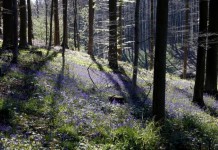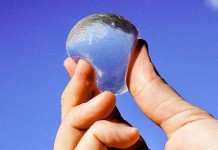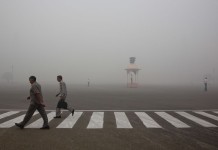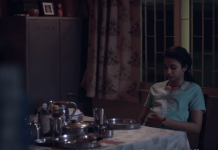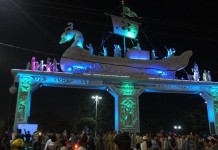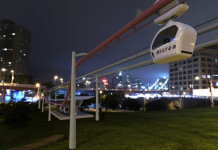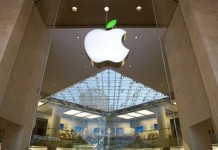Astronomers have spotted a planet that is the closest potentially habitable world humanity has ever seen. The planet is four times as big as Earth and sits perfectly within the “Goldilocks zone” that would make it able to support life. Astronomers look for worlds that sit in that perfect region, where it is not too hot or cold to support liquid water.
It is one of the first times that astronomers have spotted a planet near to us that has the kind of rocky, solid surface that is thought to be necessary for alien life.
“It is a particularly exciting find because all three planets are of low enough mass to be potentially rocky and have a solid surface, and the middle planet, Wolf 1061c, sits within the ‘Goldilocks’ zone where it might be possible for liquid water — and maybe even life — to exist,” said lead study author Dr Duncan Wright in a statement.
“It is fascinating to look out at the vastness of space and think a star so very close to us — a near neighbour — could host a habitable planet.”
Scientists might now be able to catch a view of the planet, helping them study its atmosphere and explore whether it might be able to support life. The team found three planets going around a star that is stable like our own but smaller and relatively cool. One of the three planets, known as Wolf 1061c, sits squarely within the habitable zone.
The team, from the University of New South Wales (UNSW), made the discovery using the HARPS spectrograph, which is part of the European Southern Observatory’s 3.6 metre telescope in La Silla in Chile. Scientists will now hope that they can explore the planet’s atmosphere in more detail.
This article was first published on The Independent.


